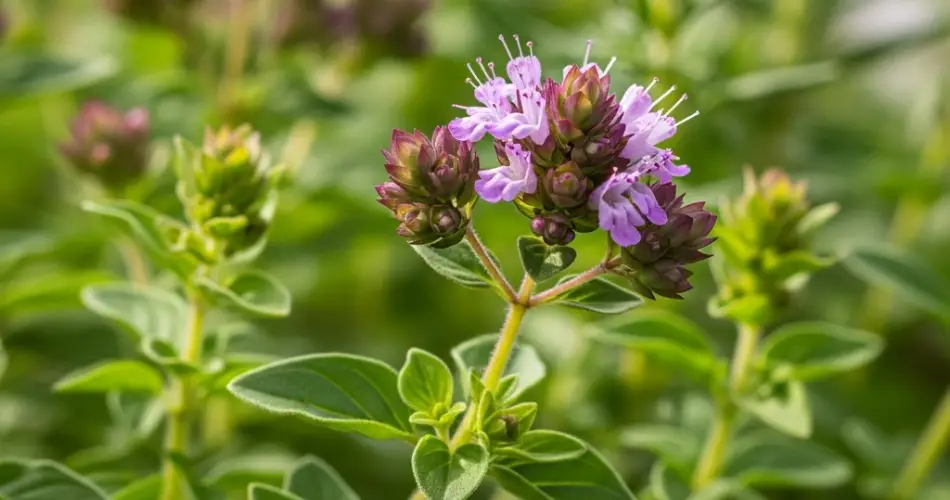Oregano is a staple herb in many kitchens, prized for its bold, earthy flavor and versatility in cooking. Fortunately, you don’t need a large garden or warm climate to enjoy fresh oregano year-round. Growing oregano indoors is easy, low-maintenance, and incredibly rewarding. With the right setup and a few simple care steps, you can have a steady supply of this fragrant herb even through the coldest months.
Here’s how to successfully grow oregano indoors all year long.
Choosing the Right Variety
There are several types of oregano, but the most common ones for culinary use are:
-
Greek oregano (Origanum vulgare subsp. hirtum): Strong and spicy, ideal for Mediterranean dishes.
-
Italian oregano: A hybrid between oregano and marjoram, offering a slightly milder flavor.
-
Common oregano (Origanum vulgare): Often used ornamentally but can be used in cooking with a milder taste.
For indoor growing, Greek oregano is a top choice because of its robust flavor and compact growth.
Starting Oregano Indoors
You can start oregano indoors from seeds, cuttings, or nursery plants.
From Seeds:
-
Sow seeds on the surface of moist, well-draining potting mix.
-
Lightly press seeds into the soil, but do not cover them—oregano needs light to germinate.
-
Keep the soil moist but not soggy, and maintain a temperature between 65–75°F (18–24°C).
-
Seeds usually sprout within 7–14 days.
From Cuttings:
-
Take a 4–6 inch cutting from a healthy oregano plant.
-
Remove the lower leaves and place the cutting in water or directly into moist potting soil.
-
Roots should develop in 1–2 weeks.
-
Once rooted, transfer to a small pot for continued growth.
Choosing the Right Pot and Soil
Oregano grows well in containers, making it ideal for indoor gardening.
-
Pot size: Start with a 6–8 inch pot with drainage holes. Oregano prefers slightly snug conditions.
-
Soil: Use a light, well-draining potting mix. A blend made for herbs or one with added perlite or sand for improved drainage is ideal.
-
Avoid heavy garden soil, which can hold too much moisture and cause root rot.
Light Requirements
Oregano needs 6–8 hours of light daily to thrive indoors.
Best light sources:
-
South-facing windows: These provide the most direct sunlight throughout the day.
-
Grow lights: If natural light is limited, use a full-spectrum LED grow light placed 6–12 inches above the plant. Set a timer for 12–14 hours of light per day to mimic summer conditions.
Rotate the pot regularly to encourage even growth and prevent the plant from leaning toward the light source.
Watering and Feeding
Oregano prefers to dry out slightly between waterings.
Watering tips:
-
Water when the top inch of soil feels dry.
-
Avoid overwatering, which can lead to root rot.
-
Use a saucer to catch excess water, but never let the plant sit in standing water.
Fertilizing:
-
Feed with a balanced liquid fertilizer (such as 10-10-10) diluted to half-strength once a month during active growth.
-
In winter, reduce feeding if growth slows due to lower light levels.
Pruning and Harvesting
Regular pruning encourages bushier growth and prevents legginess.
Pruning tips:
-
Start pruning when the plant is about 4–6 inches tall.
-
Pinch off the tips of stems to promote branching.
-
Remove any flowers that appear to keep the plant focused on leaf production.
Harvesting:
-
Harvest by snipping off 4–6 inch sprigs just above a leaf node.
-
Never remove more than one-third of the plant at a time to avoid stress.
-
Fresh oregano can be used immediately, or dried for storage.
Managing Pests and Problems
Indoor oregano is generally resistant to pests, but it can occasionally attract:
-
Spider mites or aphids: Wipe leaves with a damp cloth or spray with diluted neem oil.
-
Fungal issues: Prevent by avoiding overhead watering and ensuring good air circulation.
Make sure the plant gets enough light and is not overwatered, as these are the most common causes of weak growth or disease indoors.
Growing Tips for Winter
During colder months, growth may slow slightly due to reduced sunlight.
-
Consider supplementing with grow lights if needed.
-
Keep oregano away from cold drafts and heat vents.
-
Continue to prune lightly to encourage new growth, even in winter.
Conclusion
Growing oregano indoors year-round is simple with the right light, soil, and care. Whether you use it fresh in pasta sauces, soups, or salad dressings, having oregano within reach can elevate your meals and bring fresh greenery to your indoor space. With just a little attention, you’ll have a healthy, flavorful herb plant that produces through every season.



